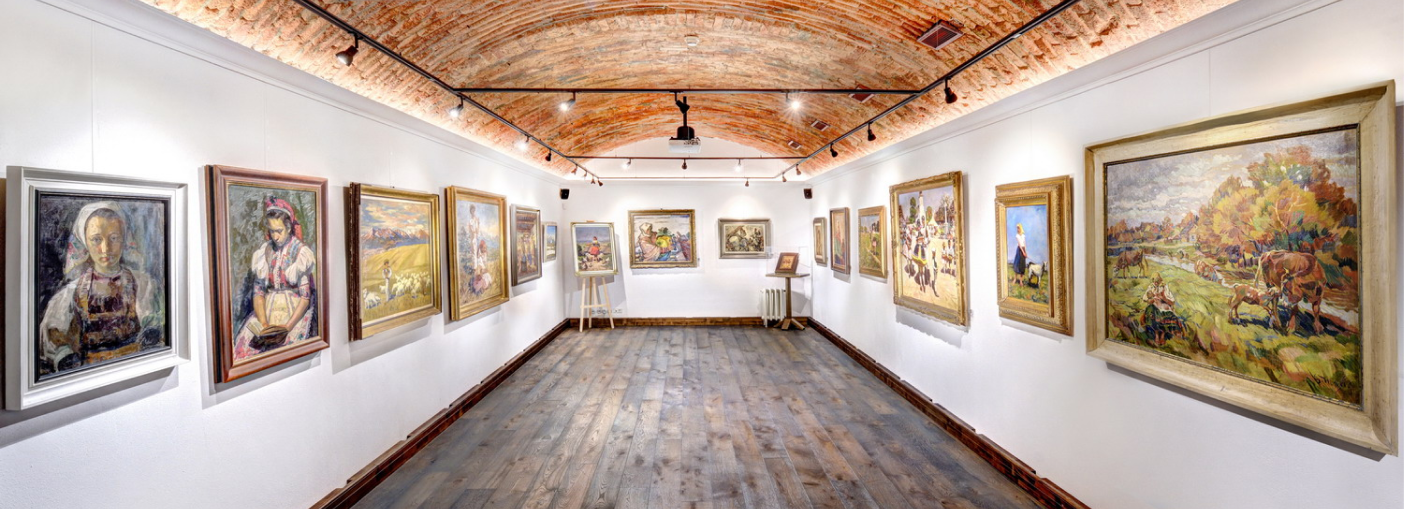
Willi Geiger was born in 1878 in Landshut and died in 1971 in Munich. He studied at the School of Applied Arts in Munich (1898 – 1899) and later also at the Technical University, where he graduated from pedagogy of drawing and descriptive geometry. After 1903, together with Franz von Stuck and Hans Purrman, he studied at the Academy of Fine Arts in Munich. During his studies, he was awarded the national gold medal for successful studying results and his first paintings. In 1910 he was nominated for the Villa Romana award for his achievement in graphical design. During this period, he closely cooperated with Richard Dehmel and Frank Wedekind. Until 1914, Geiger stayed in Berlin, where he held several own stand-alone exhibitions. After returning to Munich, he received the offer to work as a professor at the School of Decorative Arts. Based on the copies of the great Spanish painters, such as Goya, Velasquez and El Greco, he started to show interest in portrait painting. El Greco’s influence can be seen very well on the portrait of Hans Pfitzner, the musical composer. Because his political viewpoints were in opposition to the rising Nazism, his position at the Academy of arts in Leipzig was terminated and his works were registered on the index of ‘degenerate art’. After the war, he returned to the Department of Painting and Fine Arts in Munich, where his life ended in 1971. Source: Lexikon der Kunst, V., München 1988 Art Identification and Guide Price, MEYER 1996 – 2006 ARTcyclopedia. Com
